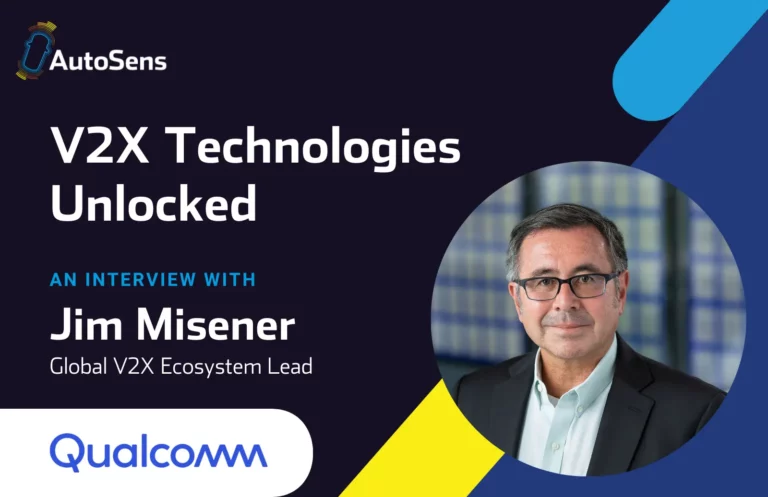
We caught up with guest speaker, Dr Qazaleh Mirsharif, in the lead-up to AutoSens Detroit, to find out more about how computer vision can be used in the realm of parking. Qazaleh is a Machine Learning Scientist, specialising in Computer Vision at AI specialists Figure Eight (formerly Crowdflower). Her session, “Application of deep learning in parking sign detection from street-level imagery” takes place on May 16.
Do you think we’ll see cars re-park themselves if the meter runs out?
Yes, that is certainly possible! There are already parking applications like Spot Angels, where I worked as an intern, that send notifications to drivers when there is a street cleaning. Based on the GPS information and parking sign rules extracted for each curb we can estimate when a meter expires and notify cars. As to whether cars can park themselves? That’s not totally my expertise. But the information necessary to send signals as to when they should re-park themselves–i.e. when you’re about to get a ticket for being in a street cleaning zone–is definitely achievable.
Do you need particularly high resolution cameras?
We need high resolution images to extract the text and numbers on parking signs accurately. Hi-res images are easier for models to read and a lot of these signs are surprisingly text-heavy.
Your work is focusing on dense cities, could your solutions be deployed elsewhere as well?
Yes, we collect and label several thousand samples of parking signs in different areas to train deep learning models. Using transfer learning approach, the model can be applied to other areas. However, parking sign detection in dense cities–in particular financial areas–is more challenging due to presence of many man-made objects with text that generate false positives, like building signage or construction placards. Therefore, we focus to collect more training data from those areas.
How do you feel the industry can help resolve the shortage in skilled people?
Figure Eight regularly holds workshops and runs online courses to help participants learn skills required to solve for example machine learning problems. Our team publishes blogs to showcase real-world problems that can be solved using AI, we also run our own event in San Francisco, Train AI.
We provide opportunities such as our AI for Everyone Challenge where we fund two projects each quarter that contribute to the greater good (think cancer research or hate-speech detection algorithms).
There’s still a dearth of great machine learning talent, but we’re seeing more and more organizations actively training their engineers – either through our classes, online, internally, and more –with the skills they need to perform these sorts of tasks.
What’s the most exciting technology change in industry you expect to see in 2018?
Smarter cameras! The recent advancements in computer vision–such as fast and accurate deep learning models for object detection and classification, as well as event detection – enable us to build cameras that can understand and process the environment and improve many aspects of our lives.
For example, cameras that understand their surroundings allow us to implement more safety features in vehicles. Smarter cameras can be used to provide more security in our personal place and the cities we live by detecting unusual activates. Interestingly, such cameras can be used to have cleaner environment by tracking pedestrians that throw trash into streets, which, if you’ve lived where I’ve lived, is something you’d be very excited about!
Excluding your own session, which speaker are you most looking forward to hearing?
Personally, I am looking forward to participating in Professor Philip Koopman’s session on “Approaches to validating autonomous vehicle safety”. The advancement in technology is very fast, and as we build new technologies to improve our driving experiences we should validate the safety in those technologies. I would like to learn more about the approaches that are used in the autonomous vehicle field to ensure vehicle and pedestrian safety.
What else are you most looking forward to at AutoSens in 2018?
I am looking forward to meeting leaders and experts in the field of autonomous vehicles and learn about the recent advancement as well as challenges the researchers are facing to build autonomous vehicles.
Same question… but in your personal life – a holiday, project or new hobby?
I am looking forward to visiting my family in Iran after 5 years being far from them!
Join Dr Qazaleh Mirsharif and her colleagues at Figure Eight, where the company will also be exhibiting in Detroit from 14-17 May. Book your tickets here >>







